This weekend, the United States struck a deal with China that will see American tariffs on Beijing’s exports come back down to manageable levels again, while China will lower its levies on imports from the US. The giant container ports on both sides of the Pacific can now be re-opened. The factories across China can get back to work, and Wal-Mart and Target can start placing orders again. The global economy can start moving once more – but significantly, it will very quickly become clear who has won the tariff war: China.
The deal that was announced this morning in Switzerland, where negotiations took place, by the Treasury Secretary Scott Bessent appears very simple. The US will reduce its tariffs on Chinese imports from 145 percent to 30 percent, while China will cut its from 125 percent to just 10 percent. For now, it is just a 90-day pause, but it already looks likely that over the next three months a more permanent agreement will be worked out. Stock markets around the world celebrated the news, with equities jumping in Europe, and with the main indices on Wall Street expected to rise 2 percent or more when they open.
The US needs China more than China needs the US
If the deal sticks, the “tariff war” between Donald Trump and China is effectively over. Sure, a 30 percent levy on the American side is still significant, but there already appears to be negotiating space for it to come down to 10 percent. Chinese manufacturers are so competitive, and make so much progress in productivity, that they can absorb that without too much damage. In reality, the world’s most important trading relationship between its two largest economies can get back to normal.
The more significant point is surely this. China made very few concessions to get this deal. It has not opened up its market to the American tech giants, or agreed to ship fewer goods across the Pacific, or buy more planes or pharmaceuticals from the US, or indeed to scale back its attempts to move into higher value industries such as autos, artificial intelligence or aerospace.
Instead, President Trump has looked at the potentially devastating impact that cutting the US off from Chinese imports would have on the economy and blinked. He was not ready to ride out the inevitable spike in inflation or the likely recession. For China, that is clearly a victory. The US needs China more than China needs the US. With that becoming increasingly clear, the US won’t restart the trade war any time soon – and China can resume its long-term plan of turning itself into the world’s dominant economy.



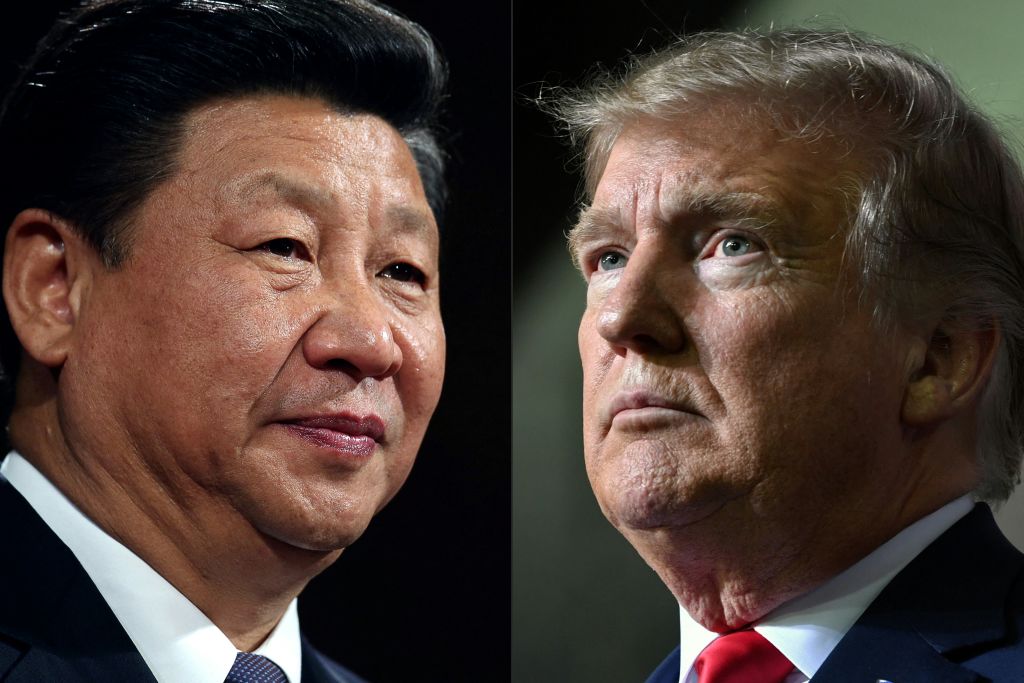







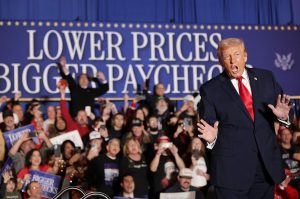
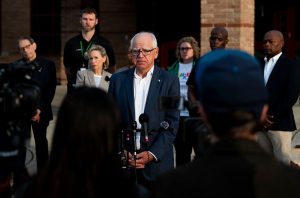
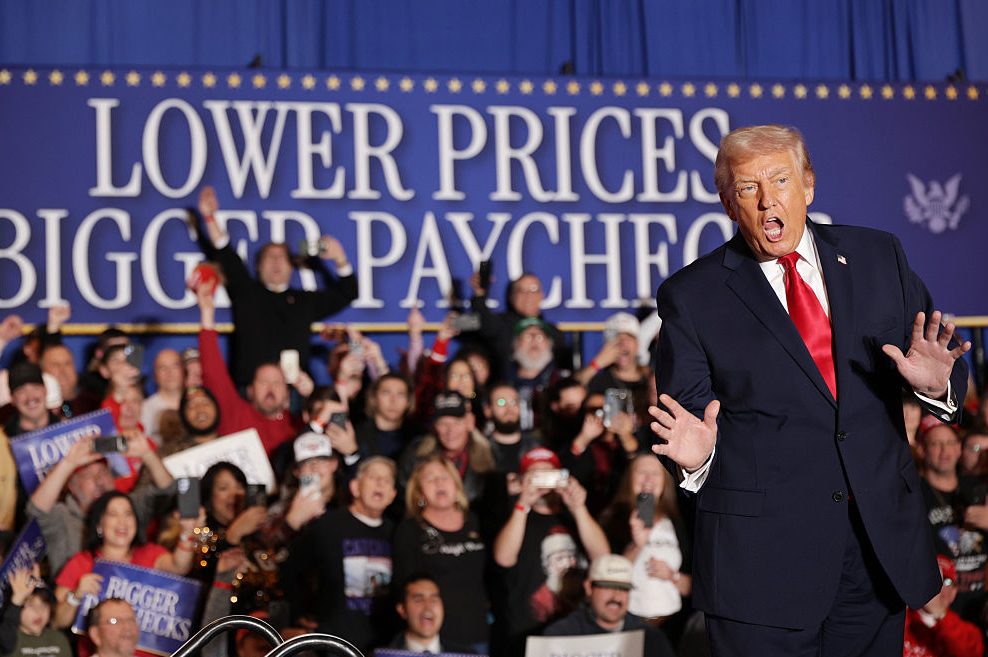
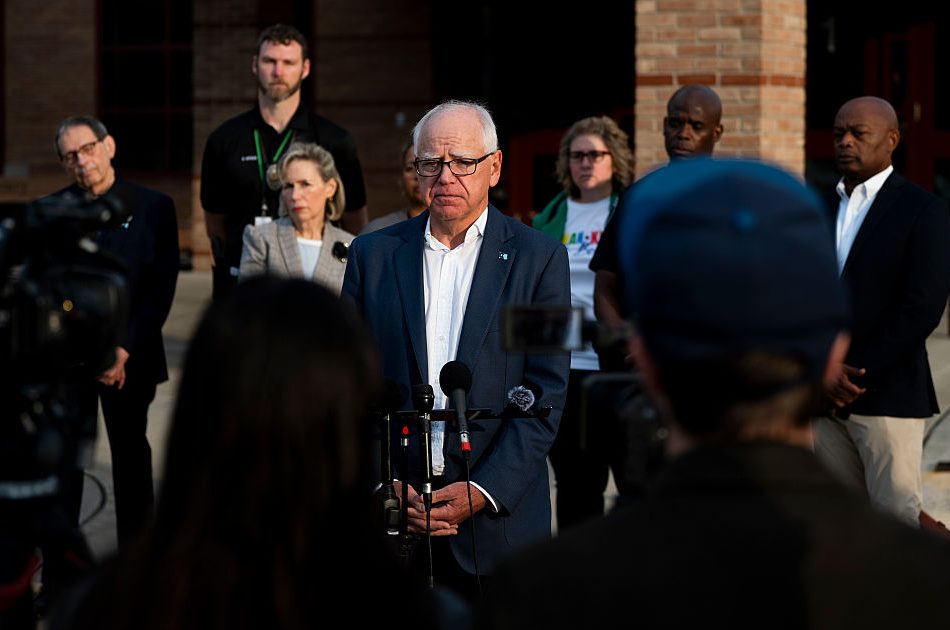

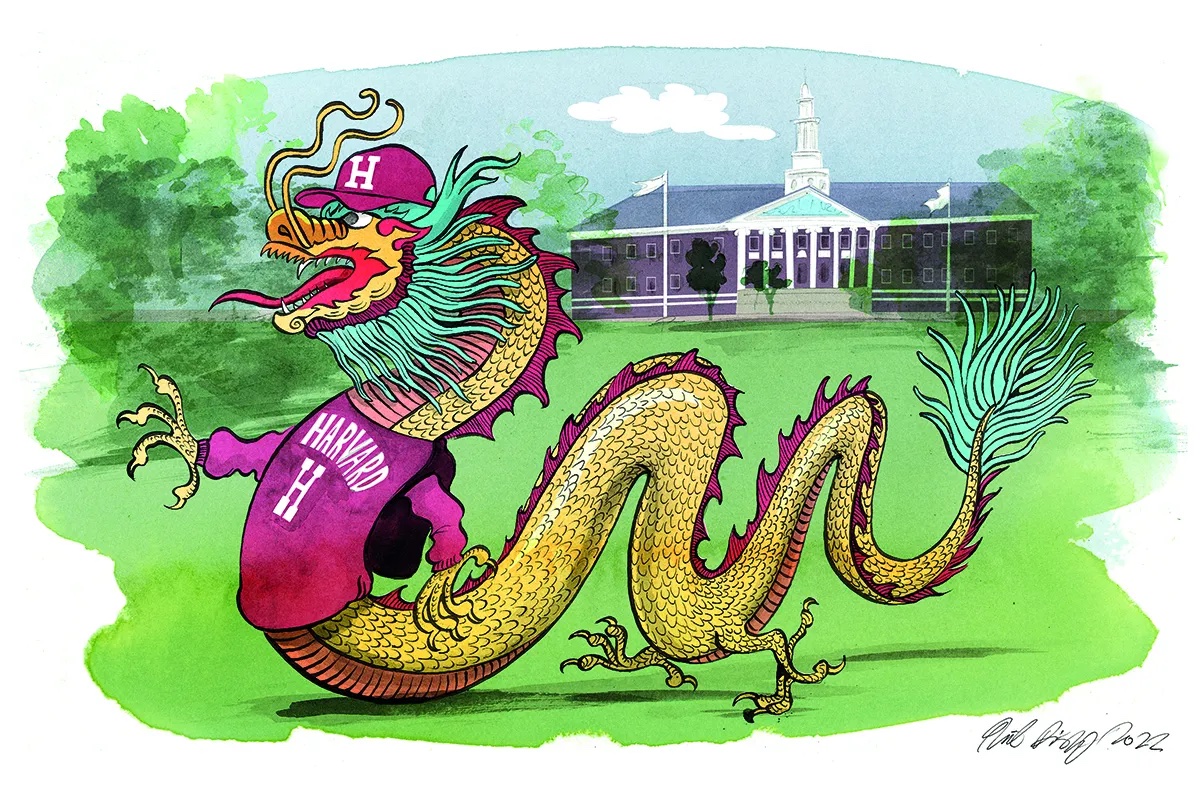









Leave a Reply